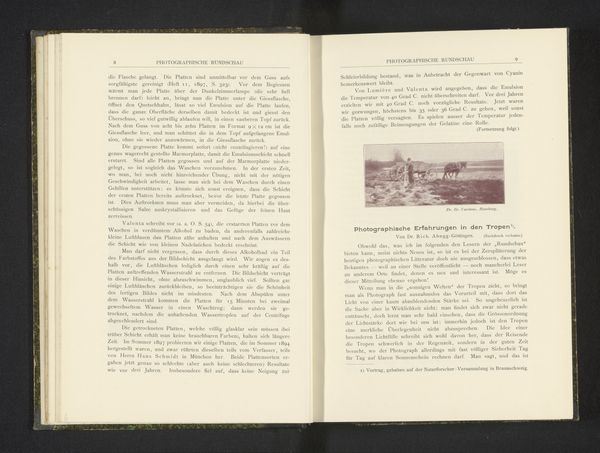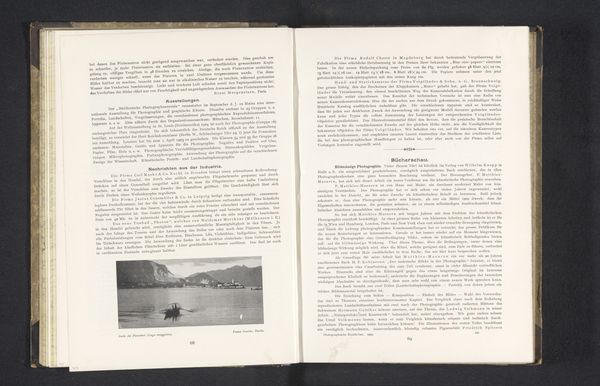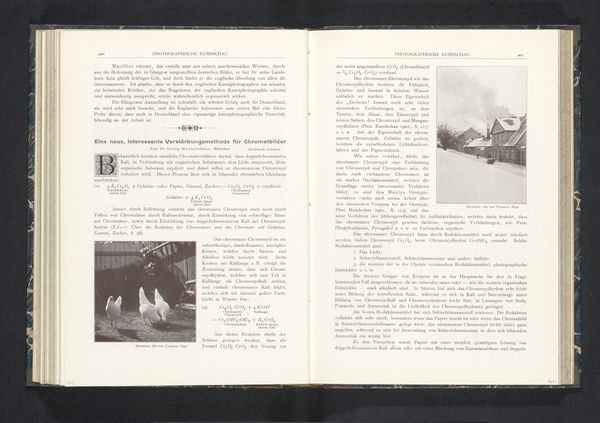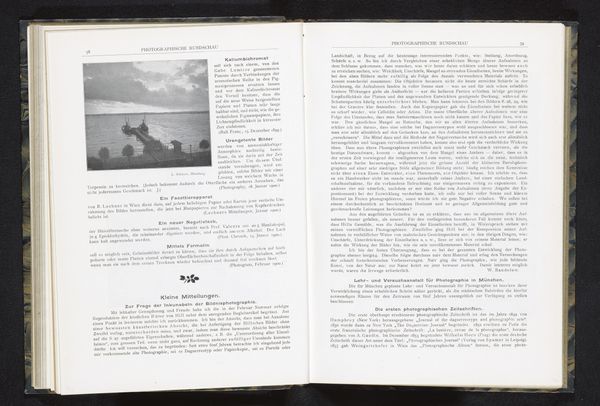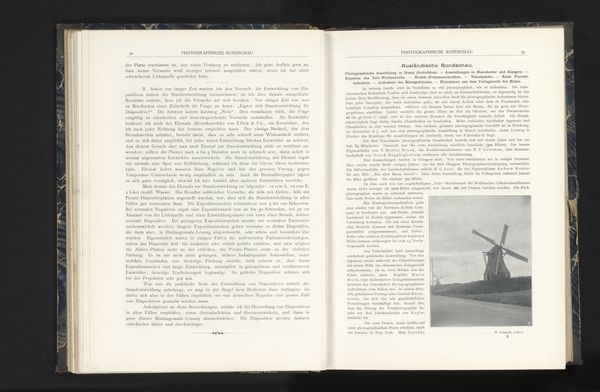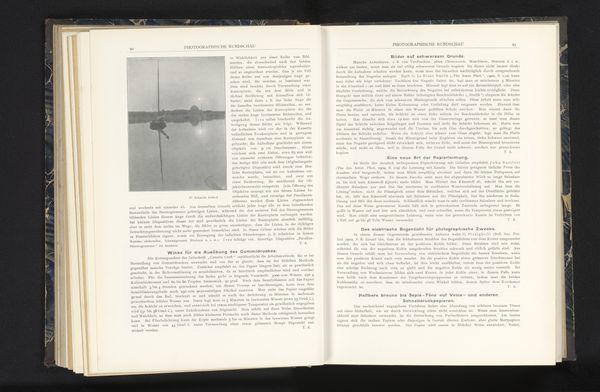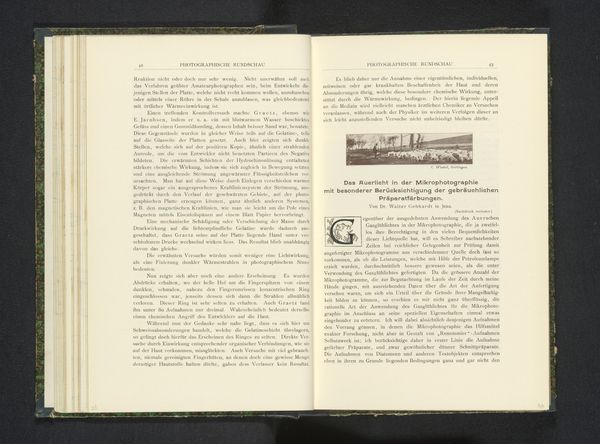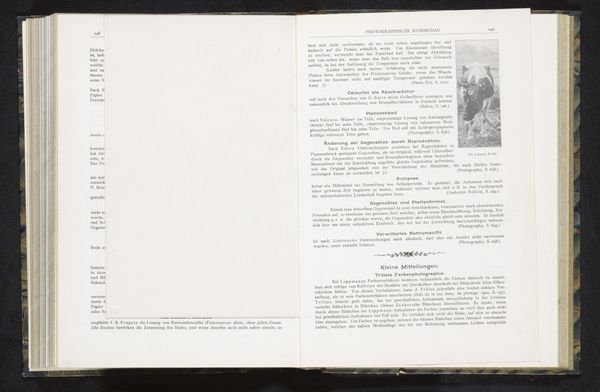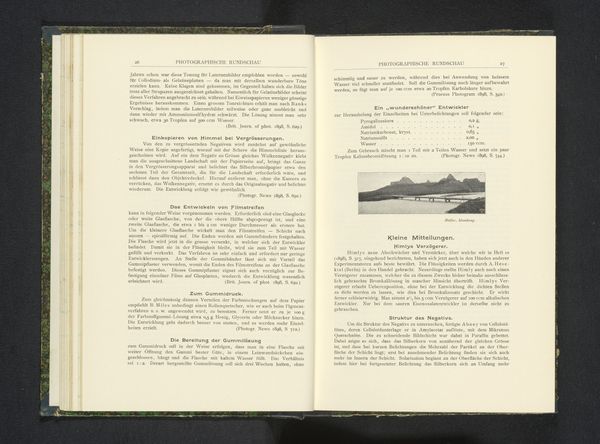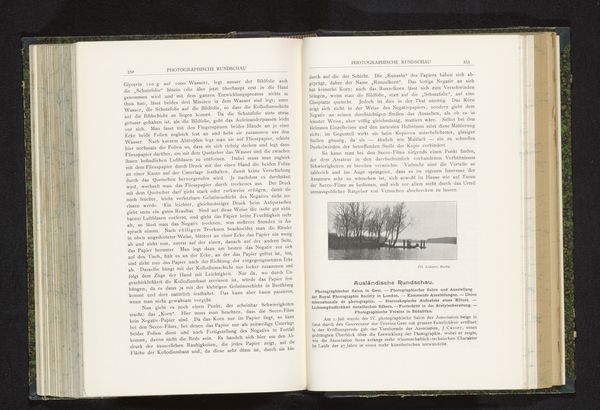
print, photography, gelatin-silver-print
# print
#
photography
#
gelatin-silver-print
Dimensions: height 40 mm, width 145 mm
Copyright: Rijks Museum: Open Domain
Curator: Editor: So, here we have A. Wande’s “Gezicht op een sloot,” a gelatin-silver print made before 1900. The silvery tones and the detail in the reflections are really striking. What's your take on this print? Curator: Well, I find myself immediately considering the context of its production. Gelatin-silver prints were a relatively accessible photographic medium at the time, allowing for mass production. The very act of capturing and reproducing this “view of a ditch” speaks volumes. Do you think this accessibility might be challenging the established hierarchy between painting and the rise of the photographic image? Editor: That's an interesting point. It makes me think about who would have been able to afford this, and what sort of access it gave them to, perhaps, a wider range of imagery than before. So the rise of the photograph and these techniques maybe changed what we thought was "worthy" of being presented in art. What would the original "printing process" involved when they first produced photographs? Curator: Exactly! The creation and consumption of this photograph—the silver gelatin process, the printing, the distribution—are inextricably linked. These materials and labor processes aren't neutral; they shape how we view this landscape. It shifts the power dynamics involved. Photography democratizes the “art world." What if this ditch or stream now being captured via image could belong to anyone? Editor: That totally reframes my view of it. I was so focused on the composition, I wasn’t thinking about its socio-economic context and impact. So by seeing "high" and "low" as co-existing in the "material" can affect how art has democratized the common everyday image! Curator: Precisely. Considering the material reality—the resources, labor, and accessibility—allows us to better grasp the photograph's deeper implications for both its culture, creation, and consumer.
Comments
No comments
Be the first to comment and join the conversation on the ultimate creative platform.

